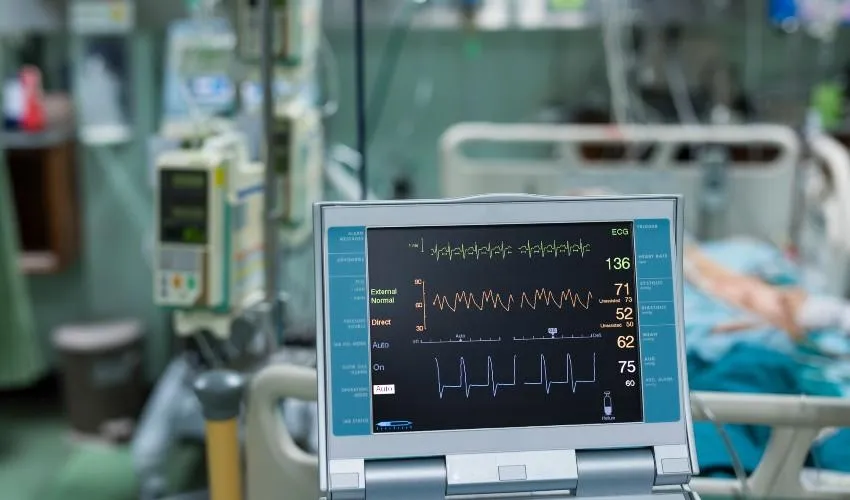
Intensive Care Bottlenecks Explain High COVID19 Mortality in Lombardy
A new study by Carlo Favero, a Full Professor of Econometrics at Bocconi Department of Finance, highlights the role of the scarcity of intensive care beds in explaining the high number of casualties of the COVID-19 outbreak in Lombardy. Professor Favero's findings make a compelling argument for «flattening the curve» and using caution in the exit strategy from the lockdown.
COVID-19 observed mortality in Lombardy doesn't match the predictions of the standard SEIR epidemiological model. While available international evidence estimates the COVID fatality rate at 1.38%, Lombardy recorded values almost steadily increasing from 4% to 16% in the period from 24 February to 30 March. «In such a case», thought Prof. Favero, «either the model is wrong or the data are wrong». During the Milan lockdown he worked full-time on the solution of this puzzle. His conclusions, outlined in Why Is COVID-19 Mortality in Lombardy so High? Evidence from the Simulation of a SEIHCR Model, can now explain the data and help inform rational exit strategies from the lockdown.
SEIR stands for Susceptible, Exposed, Infectious, Recovered. In the case of a new disease carried by an individual, all the rest of the population is to be considered Susceptible. Some of those that interact with the infected person become Exposed and, after an incubation period, Infectious. The R0 parameter indicates the number of secondary infections each infected individual produces. Infected people can suffer mild, severe or fatal symptoms. While those with mild symptoms can recover at home, those with severe or fatal symptoms are hospitalized and, in the case of COVID-19, may need intensive care: those with severe symptoms recover, those with fatal symptoms die.
Prof. Favero calibrated the model for Lombardy according to the best international evidence (with R0 equal to 2.2 before the lockdown and 0.95 after and with 16% of hospitalized patients needing intensive care). With no adjustments, «the model gets nowhere near explaining the observed pattern of mortality», Prof. Favero says. If, on the other hand, we impose a constraint on the available number of intensive care beds equal to the number of observed intensive care patients, we find that the model matches the reality. Coming back to the model, due to Hospital Constraints (the H and C that transform SEIR into SEIHCR in the paper title), part of the Infectious group with severe symptoms can't be given effective care and end up dying instead of recovering.
«In the standard SEIR model those with severe symptoms always recover», says Professor Favero, «in my model those with severe symptoms that require intensive care do not recover and become fatalities if they do not find available intensive care beds».
Furthermore, the model predicts the total number of recovered people as a multiple of those recovered from hospitals, because it takes into account those with mild symptoms, who recover at home. At the end of May 2020 the simulation predicts 500,000 recovered individuals in Lombardy, i.e. around 5% of the population, with 95% still susceptible.
In policy terms, the study suggests that the top priority should be never to allow the intensive care constraint to be binding again and therefore, with such a large number of still susceptible people, any increase of R0 due to an abrupt exit from the lockdown would be very dangerous.